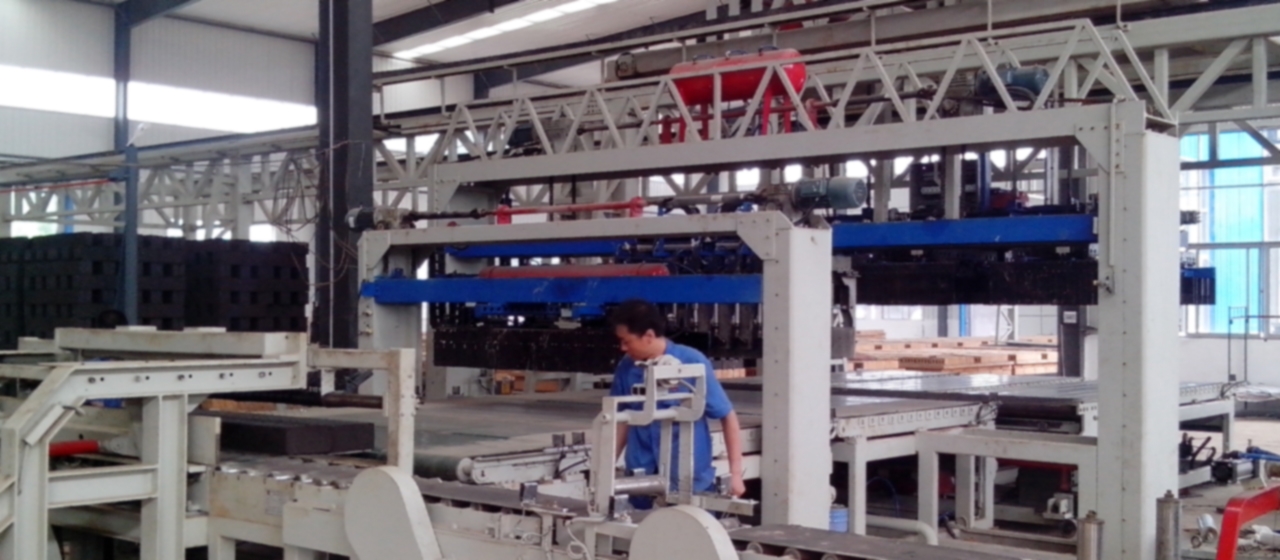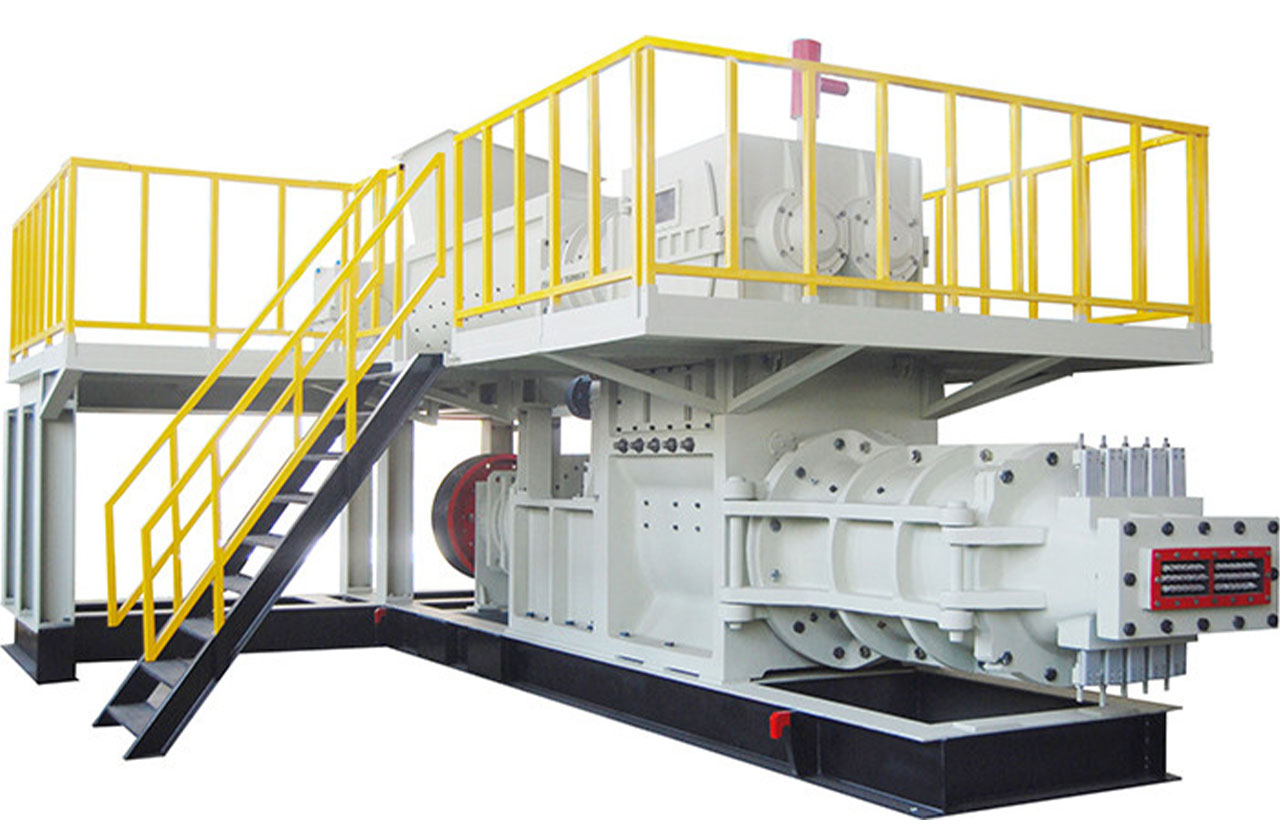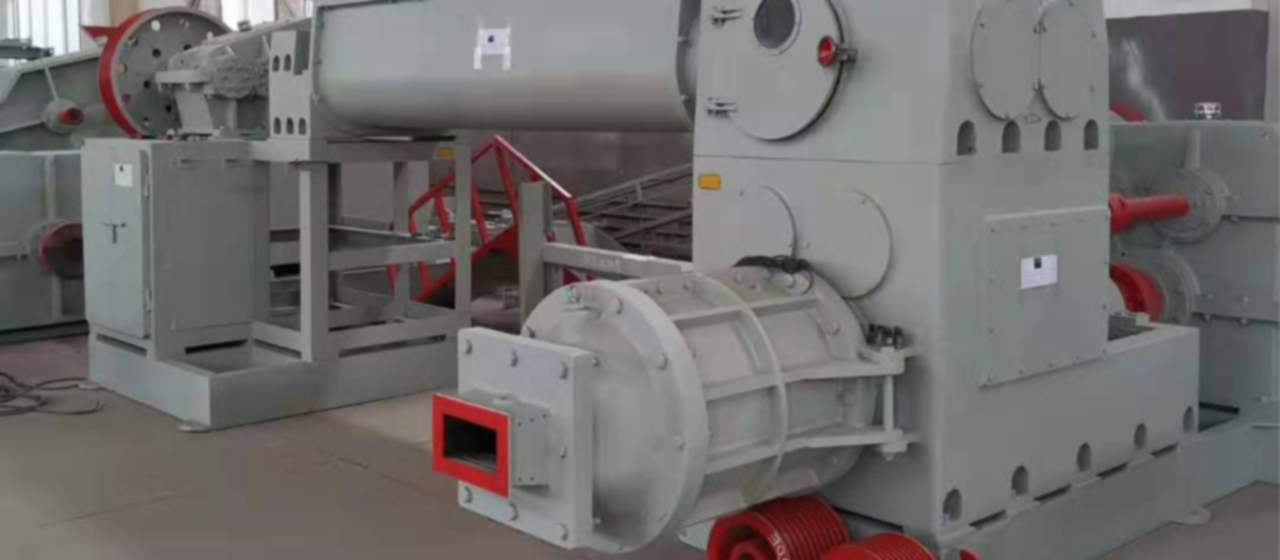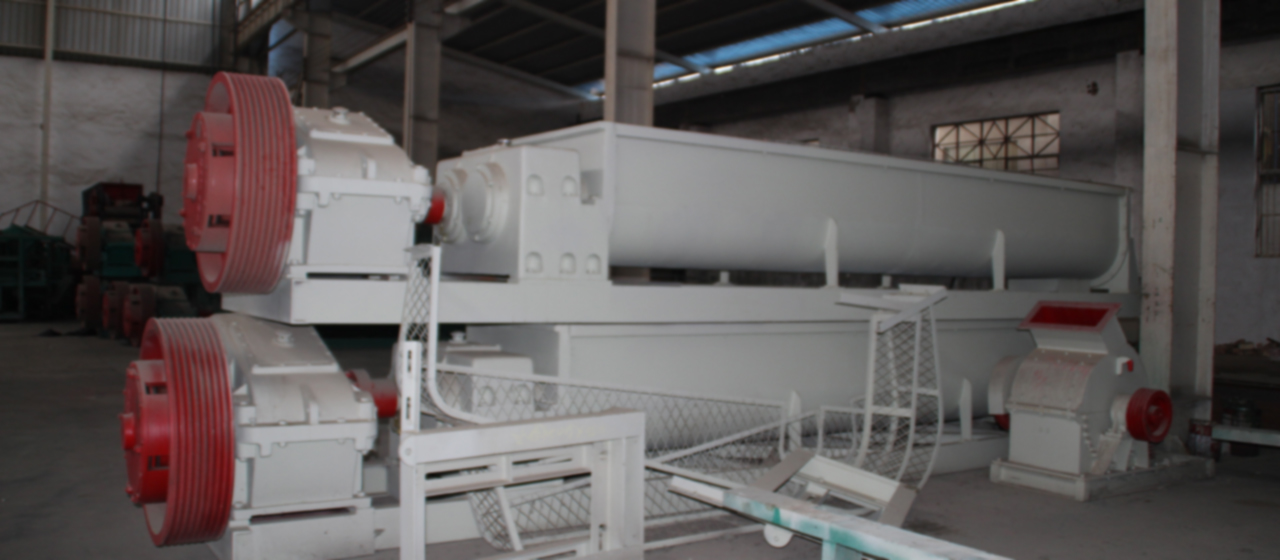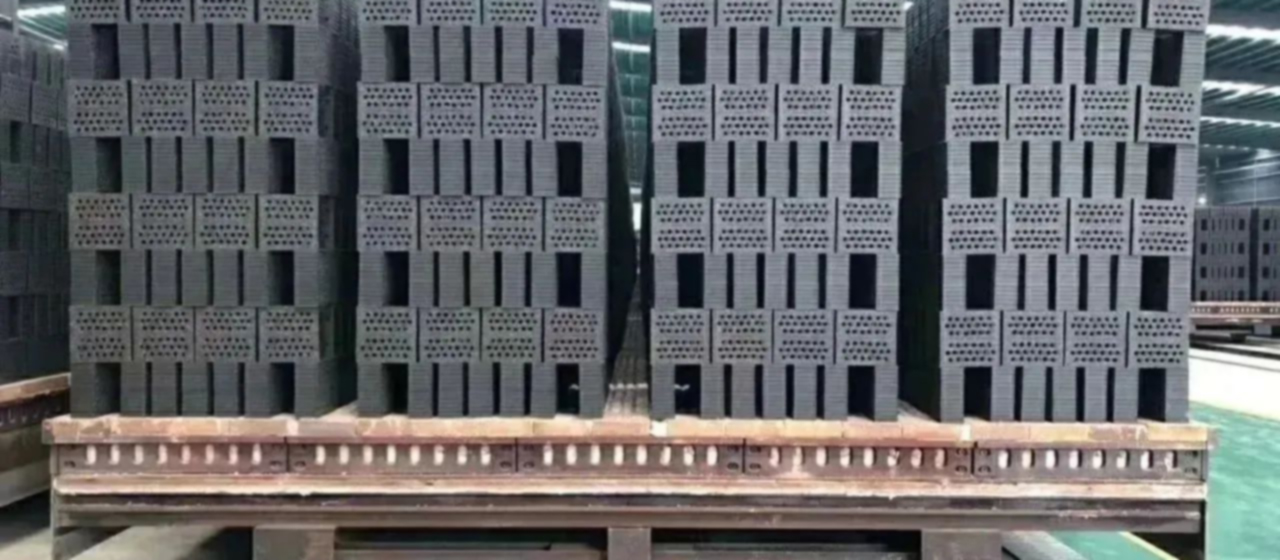レンガ製造装置
乾燥室でのレンガ造りのブランクの質の高い問題の理由の分析
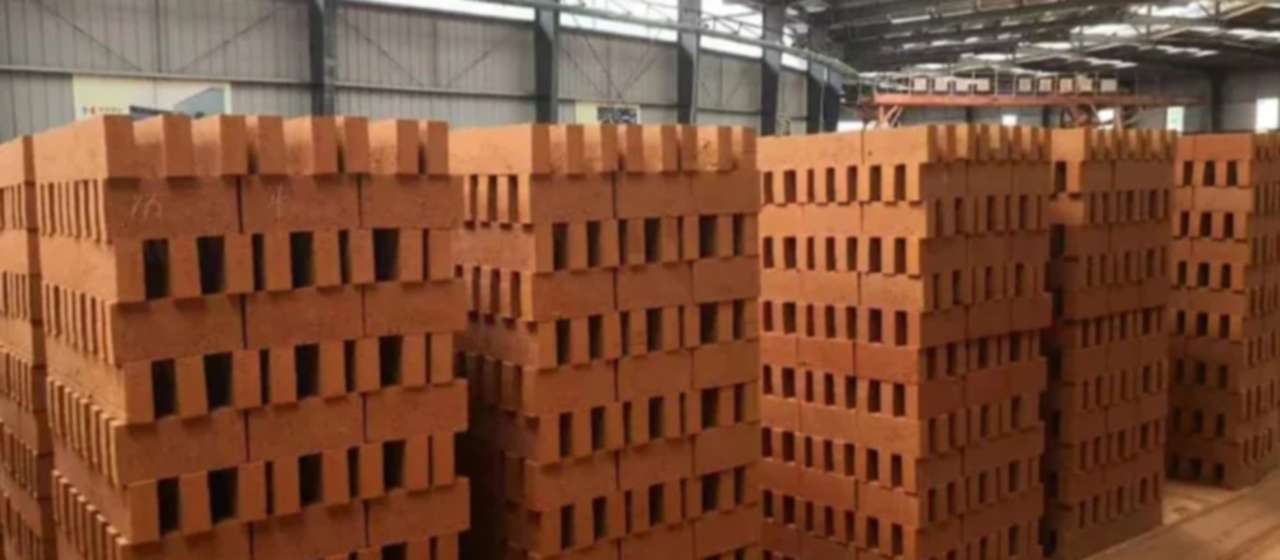
人工乾燥室から出てくるレンガは、しばしばさまざまな種類の亀裂を持っています, しかし、すべてが乾燥によって引き起こされるわけではありません. 例えば, らせん亀裂, S字型の亀裂, 癒しの亀裂, シザーの口の割れ目, 三日月形の亀裂, 粘土ストリップの押し出し中の4つのエッジの亀裂はすべて機械的な結果です. 乾燥自体のために実際に発生する亀裂は、ほとんどが不規則なウェブのような亀裂です, 不均一な乾燥速度とレンガ体のさまざまな部分の不均一な収縮によって引き起こされるゆがみの亀裂と同様に, この状況は、乾燥の問題に属します.
人工乾燥室で発生する最も一般的な問題は、主に春と夏、秋と冬の間の移行期間中です, 最も不安定な時期もこの時期です. これは多くの場合、レンガへのダメージの増加につながります, 乾燥できずに崩れてしまいます, その結果、乾燥室が適切に機能しなくなります. 以下は、乾燥室でのレンガブランクの品質の理由の分析です。, 生産工程における乾燥工程におけるいくつかのダイナミクスと注意方法を包括的に理解できるようにするため:
1、 人工乾燥室の構造をマスターする
日干しレンガの乾燥は通常 4 つの段階に分かれています。, つまり加熱, 一定速度の乾燥, 遅い乾燥速度, そしてバランス. 各ステージのタスクは異なります, 各段階の構造条件はまったく異なります.
1. 加熱段階中, レンガの乾燥は表面浸透から内部浸透へと徐々に進行します。. まず最初に, 皮膚の水分を取り除く, 加熱して蒸発させます, 乾いた熱風によって運ばれていきます. それから, レンガ本体内の水分が皮膚に向かって移動し、蒸発して排出されます。. 現時点では, 熱風の温度は高すぎてはいけません, 内部の水の移動が困難になりますので、. 肌の乾燥が早すぎる場合, 乾燥収縮の原因になります, 体内にはまだ水分がたくさん残っているでしょう, どっちだろう “拡大する” そして皮膚を破る, ひび割れの原因となる. 水分の移動には2つの方法がある: 一つは、濡れた場所から乾いた場所に移動することです, もう一つは、高温の場所から低温の場所へ移動することです。. 人工乾燥室に入ったばかりのレンガの場合, 室内と室外の温度と湿度が同じになる. 周囲温度が高すぎる場合, 表面が脱水してしまいます, 内部の水分は表層に向かって移動します. しかし, 表面温度が内部温度より高い場合, 湿気が内側に押し込まれます, それにより、水分が表層に向かって移動する速度が遅くなります。. したがって, この段階で熱が上がり、脱水症状が軽減されることを願っています. レンガの内外の温度がさらに上がると “一定速度の乾燥” ステージ, 内部の水は障害物なしにすぐに表面に移動できます, 表面から除去した水を補充する, レンガの内側と外側が同時に乾燥して収縮するようにする, 乾燥ひび割れの発生を防ぎます.
2. 等速乾燥段階中, 自由水は主にレンガから排出されます. レンガ全体の温度が周囲の空気の温度に近い温度まで上昇したとき, レンガは一定速度の乾燥段階に入ります. 現時点では, レンガ表面の脱水速度は、内部の水が表面に移動する速度に等しい, 同時脱水状態に陥る, 乾燥, レンガの内外に亀裂が入らずに収縮します。. この段階では, レンガから得られる熱はすべて水の蒸発に使用されます, そしてレンガの温度は上がらなくなりました. したがって, レンガは脱水のみを行い、一定の乾燥段階では加熱されません。. この時期はレンガの乾燥にも危険な時期です. この段階では, レンガから自由水が除去される, レンガも急速に収縮する段階にあります. レンガが撤去されました 5% 除去すべきだった水分, そして同時に, レンガも乾燥時の総収縮率の半分まで縮みました。. この段階で重要なのは、水分の蒸発によって失われる熱をタイムリーかつ適切に補うことです。, 空気の流れやレンガの湿度に急激な変化を引き起こすことなく. さもないと, 亀裂は避けられないでしょう. この期間に, 入口と出口のバランスを達成するために、各熱供給ゲートの開口部と水分排出口のサイズを合理的に調整する必要があります.
3. 減速乾燥段階では, レンガの主な目的は、泥の粒子にしっかりと巻き付いた吸着水を除去することです. 吸着水と泥粒子が密接に結合しているため, 脱水はさらに困難になり、より多くの熱が必要になります, 乾燥速度が大幅に低下します. しかし, この時点で乾燥収縮はほぼ止まっているため, 乾燥ひび割れの可能性が減少します. 大胆な加熱と乾燥促進が可能.
4. バランスの取れた乾燥段階. アドビの残留水分が周囲の空気の水分と平衡に達すると, アドビの水分は除去されなくなり、乾燥が終了します.
2、 陽圧と陰圧の潮の排出の違い
陽圧と湿気を排出する人工乾燥室では、次の 2 つの重要なポイントを定期的にチェックし、管理する必要があります。 80%. まず最初に, キルン入口での排出ガスの相対湿度は、 80%, できれば 95%, 最高の使用価値を達成するために. さもないと, 一番近い 2-3 水分体が入口端に向かって移動できるように、入口端への湿気排出ポートを一時的に部分的にブロックする必要があります。. 現時点では, 毎回チェックする必要があります 2 数時間くらい. キルン入口の排出ガスの相対湿度が 0.5 に達すると、 95%, 背面の湿気排出口を覆うために、少し露出する必要があります。, ゲートの調整には注意が必要です. 相対湿度が上昇し続けるのを防ぐ, 乾燥室のレンガが湿って崩れる原因となる. 2 つ目は、乾燥室の中央セクションの排出ガスの相対湿度が 80-85%. さもないと, より高い湿度を伴うこれらのガスは前進し続けます, 湿度は増加し続けます, 温度は低下し続けます. 彼らが乾燥段階と加熱段階に到達したとき, 彼らの相対湿度は到達します 100%. 乾燥室に入る冷たいレンガに遭遇したとき, それは必然的にレンガに水分を吸収させます, 凝縮, そして深刻な場合, 崩壊. この段階での放電ガスの相対湿度はより大きいことがわかったら 80%. このセクションの水分出口はすぐに取り外す必要があります, 高温の空気流はいつでも解放され、検出される必要があります。. 排出ガスの相対湿度が以下に低下すると、 80%, 熱の無駄遣いや乾燥効率の低下を避けるため、開いている湿気排出口をすぐに閉じてください。. 負圧排湿による手動乾燥用, ドリフトを防ぐためにゼロ圧力点を厳密に制御する必要がある.
3、 人工乾燥室の熱風に適した技術パラメータを習得する
レンガブランクが乾燥プロセスに入るとき, 熱風の温度は、さまざまな原材料のさまざまな要件に応じて調整する必要があります。. 粘土中空レンガとフライアッシュ焼結レンガの温度は次のとおりです。 60-80 ℃. 頁岩製の固体レンガ用, 石炭脈石およびその他の乾燥感受性係数を持つ原料 1-2, それはです 100-120 ℃. 中空レンガ用, それはです 80-100 ℃. 乾燥感受性係数が以下の頁岩レンガおよび石炭脈石レンガの場合 1, に調整できます 120-125 ℃. 排気ガスの温度は、 35-45 ℃, 排気ガスの相対湿度は 90-95%, 乾燥室の風量は1.5m/s~4.5m/sです。, 泥の加熱温度は 45-60 ℃ (熱湯または蒸気による撹拌を指す). 水分が再び戻ってレンガの品質に影響を与えるのを避けるために、人工乾燥室に入るレンガの温度は、キルン入口から排出されるガスの湿度温度よりも高くなければならないことに注意してください。. 原料の乾燥感度はそれぞれ異なります, ただし、特定の原材料に関しては, 乾燥感受性係数はあまり変化せず、可塑性指数に直接比例します。. 高い可塑性指数を持つ原材料は、多くの場合、大きな乾燥感受性係数を持ちます。, そして乾燥はさらに困難になります, 乾燥によるひび割れのリスクが大きくなる. 実践により、乾燥感受性係数が以下のレンガの場合、 1, 乾燥時間はたったの 12-20 時間. 乾燥感度係数が 1-1.5, かかる 20-26 時間. 係数が 1.5-2, かかる 26-32 時間. 原材料の感度係数が を超えると、 2, かかる 32-48 時間, またはそれ以上の乾燥時間. 水分1kgが蒸発するごとに約1300kcalが必要になります。, これは標準石炭 0.186kg の総熱量に相当します。. まだある程度の空気が必要です. 水蒸気 1kg ごとに 33m3 の温度の熱風が必要です。 30 奪われる℃. 成形中に日干しレンガの水分含有量が増加します, 形を作りやすくする, しかし、乾燥プロセスは将来的にはますます困難になります. ですので総合的に検討する必要があります, そうでなければ、利益は損失に見合う価値がありません. それだけでなく, レンガを形成する際の水分含有量が多いほど, 乾燥収縮が大きいほど, 乾燥によるひび割れのリスクが高くなります. さらに, 成形中の水分含量が高くなるほど, レンガの強度が低くなります, 窯敷設時の損失が大きくなる. 時間が経つと、レンガの形成時の水分含有量は次のとおりであることが証明されました。 2 原材料のパーセンテージポイントが少ない, と 4-6 肥沃な物質のパーセンテージポイントが少ない, レンガの強度は2倍になります.
したがって, レンガ製造装置の許容能力の条件下で, 湿気を最小限に抑え、レンガ本体の強度を可能な限り高めることは有益であり、無害です。. 合理的かつ均一な進行により、各乾燥段階が熱効率の役割を果たすことができます。, つまり加熱, 一定の速度, 減速, そしてバランス. それぞれが相対的に固定された位置を持っています, 適切な温度曲線を形成する, 脱水曲線, と圧力曲線, 濡れたビレットが乾燥室に入り、一定時間内に各段階を通過するようにします。, 乾燥プロセス全体をスムーズに完了.

